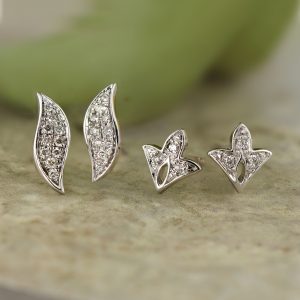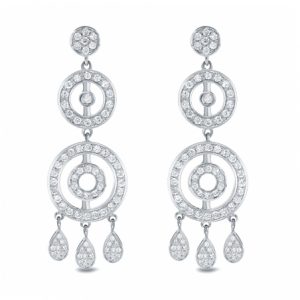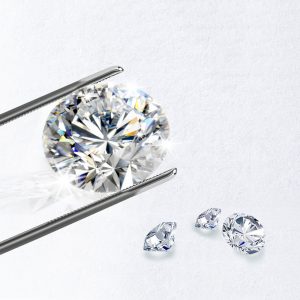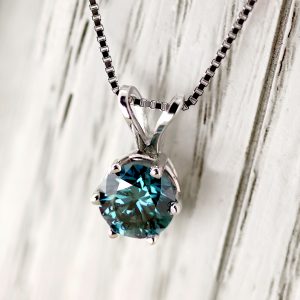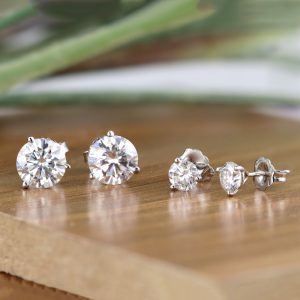
Emerald cut diamonds are endlessly elegant. They’ve been a top choice among style setters for decades— for example, they’ve been featured on the engagement rings of Beyonce, Angelina Jolie, and Elizabeth Taylor. While the emerald cut diamond has been enduringly popular over the years, this sophisticated diamond cut has been experiencing a spike in popularity recently, as many modern women have been drawn to the cut’s clean lines and vintage look. To celebrate the burgeoning popularity of this chic shape, let’s take a closer look at the emerald diamond.
The History of the Emerald Diamond
The emerald cut is one of the world’s oldest diamond shapes. This diamond cut features step cuts, or table cuts, which create large flashes of light. When table cuts were first invented in the 16th century, they were used on emeralds. This style of cutting a gemstone was perfect for the somewhat fragile emerald, as it put less pressure on the gemstone than other cuts.
While this cut was first used on emeralds, gem cutters quickly began using it on other stones, including diamonds. Though this cut has been around for hundreds of years, the moniker “emerald cut” wasn’t used until the 1920s, when the cut experienced an increase in popularity during the art deco era.
The angular, geometric shape of the emerald cut helped it become one of the top diamond shapes of the art deco period and it remains a top diamond shape to this day.
Emerald Cut Diamond Description
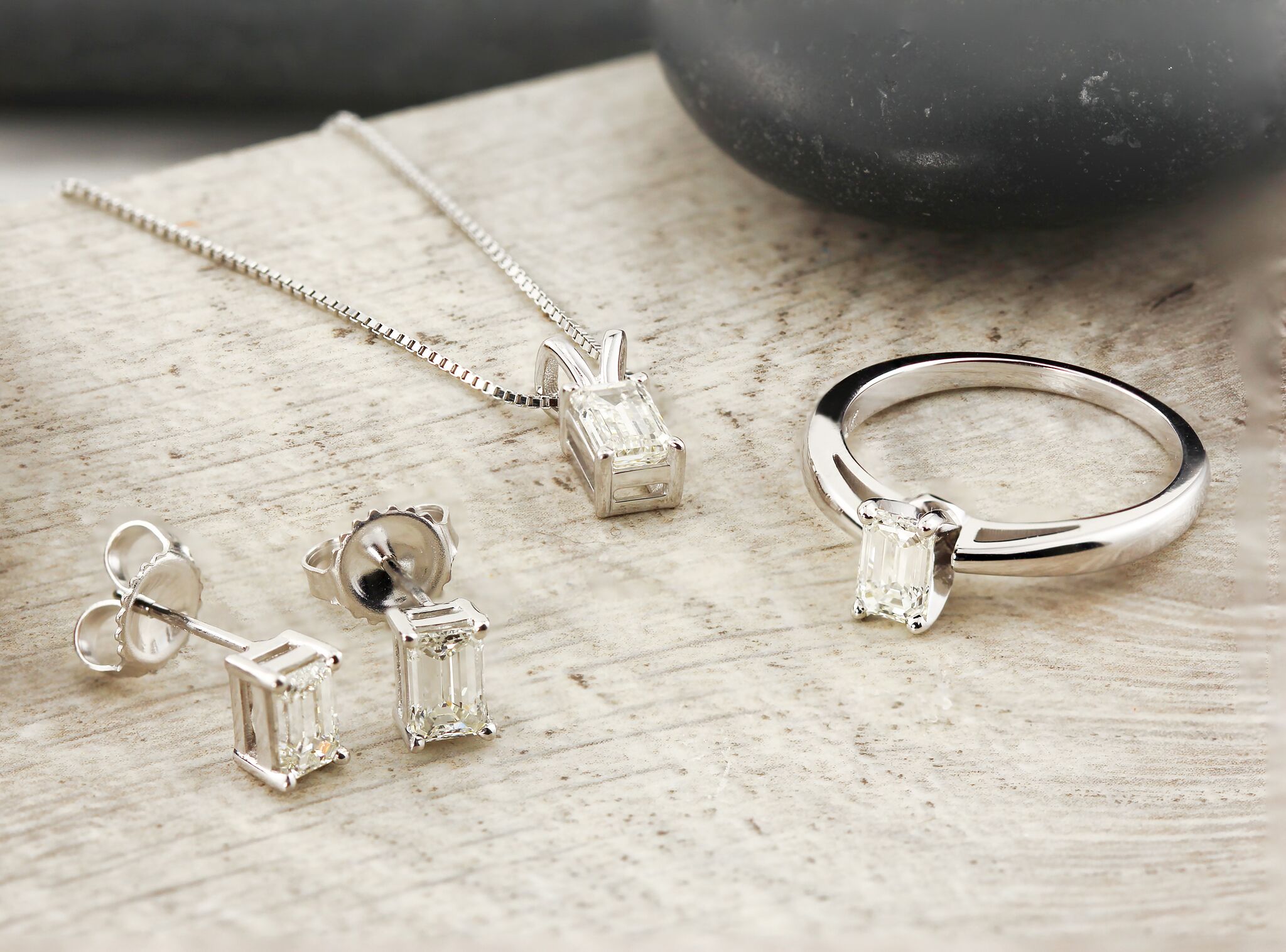
The emerald cut diamond looks like a rectangle with cut corners. This sophisticated cut features 58 step cut facets and can vary in proportion, sometimes looking longer and sometimes looking more square.
The facet cuts used in the emerald cut diamond are designed to create a different light pattern than brilliant cuts. While brilliant cut diamonds (such as the round brilliant) are designed to maximize shimmer, the facets of the emerald cut are designed to display larger flashes of light, which creates its famous “hall of mirrors” effect. The emerald cut also shows off a diamond’s clarity, as it’s easier to see the interior of an emerald cut diamond.
In terms of style, the emerald cut diamond has a chic look. The large facets of the emerald diamond create clean, simple lines that gives the diamond an elegant appearance.
Emerald Diamond vs. Round Diamond Affordability
Because emerald diamonds are not as popular as round brilliant diamonds (the current reigning diamond cut), they’re often priced lower than comparable round diamonds, making them a good value. On top of that, emerald cut diamonds will actually look larger per carat than a round diamond. This is due to the fact that emerald cut diamonds have a larger table (that’s the technical term for the top of a diamond). So, while a 1 carat emerald cut diamond and a 1 carat round diamond may have the same mass, more of the emerald’s size is on the diamond’s top, making it look larger.
Buying An Emerald Diamond: Special Clarity Consideration
One thing to keep in mind when purchasing an emerald diamond is that this is one diamond cut where clarity is more important. Because the step cuts of an emerald diamond make it easy to see inside the diamond, you may want to avoid buying an emerald diamond with a very low clarity grading.
Luckily, since emerald diamonds are a better value than other shapes (and they look larger per carat than round diamonds), springing for a slightly higher clarity grading is easier to do than it would be with pricier shapes.
Experience the elegance of the emerald cut diamond: browse our emerald diamond studs or emerald diamond engagement rings.







 1-855-969-7883
1-855-969-7883 info@diamondstuds.com
info@diamondstuds.com



